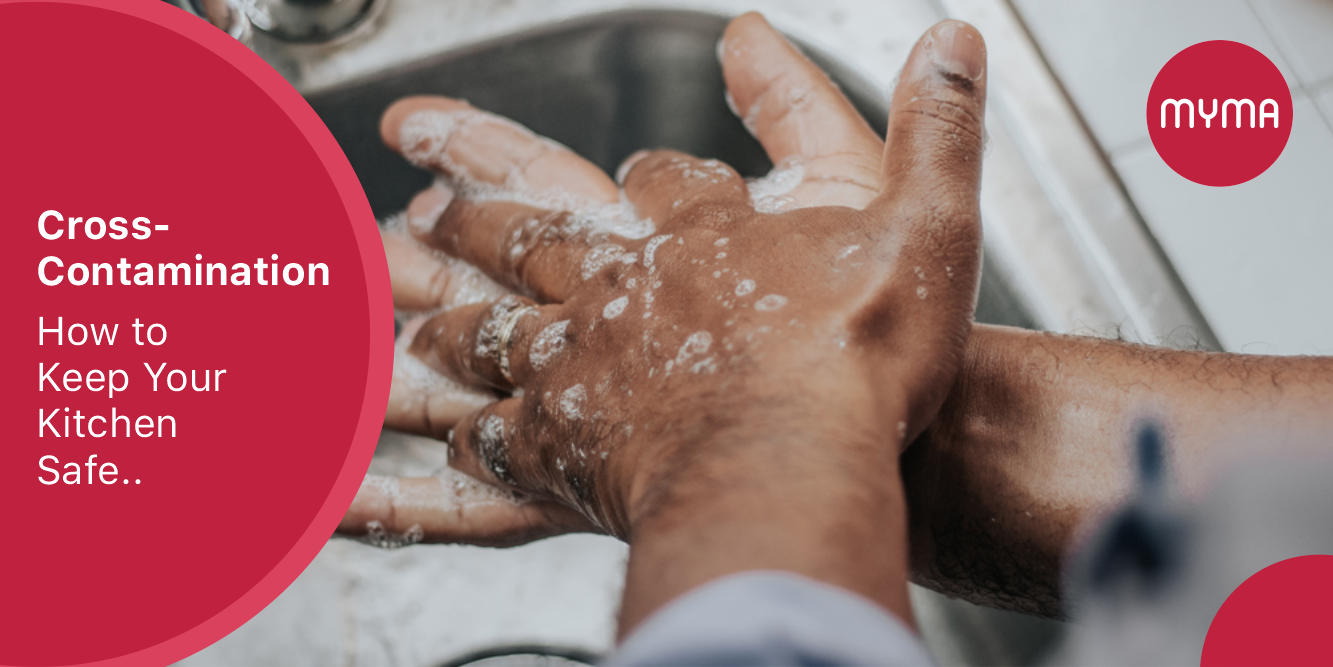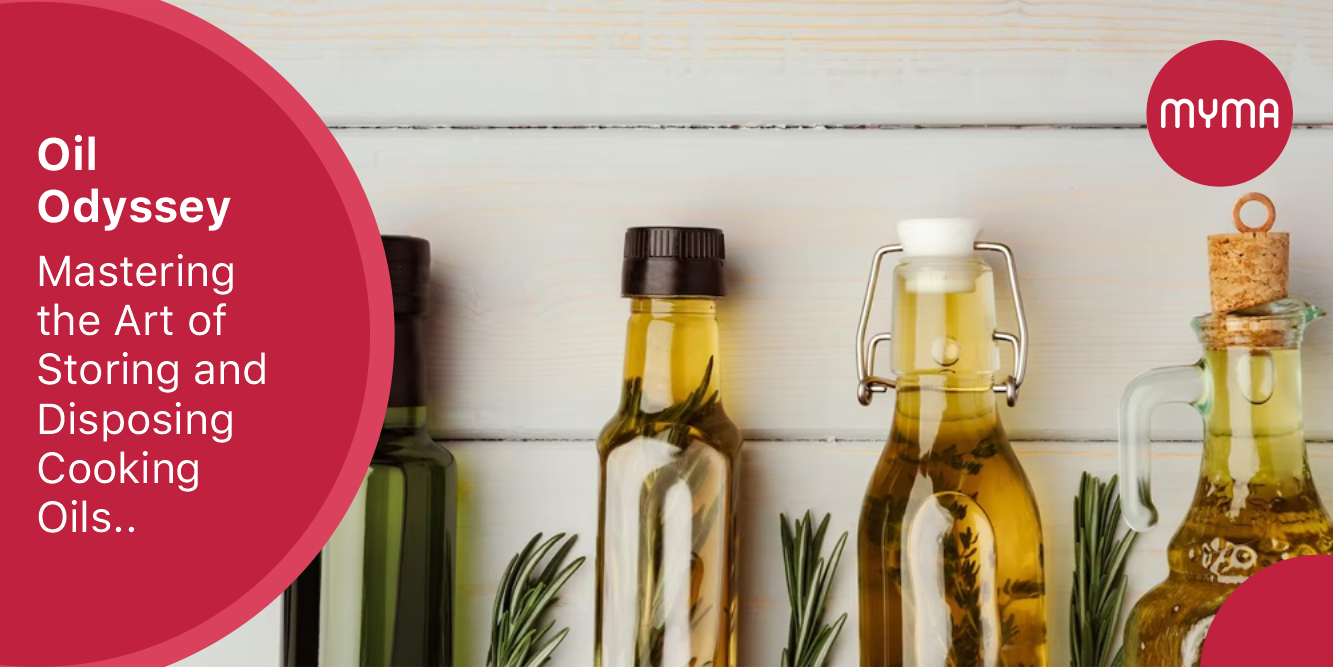Have you ever thought about how easily food contamination can occur in your kitchen? It can happen in many ways, but one of the most common is through cross-contamination. This happens when bacteria or other harmful microorganisms spread from one food to another. To avoid the risks of cross-contamination, it’s essential to understand how it happens and how to prevent it. In this blog post, we’ll explore the dangers of cross-contamination and provide you with some tips on how to avoid it.
1: What is cross-contamination?
Cross-contamination occurs when bacteria or other harmful microorganisms spread from one food to another. It can happen when you use the same cutting board, knife, or other kitchen tools for different foods without washing them in between. For example, if you cut raw chicken on a cutting board, and then use the same cutting board to slice vegetables for a salad without washing it, you are exposing the vegetables to harmful bacteria that can cause illness.
2: How does cross-contamination happen?
Cross-contamination can happen in many ways. Some of the most common include:
- Using the same cutting board or knife for different foods without washing them in between
- Touching raw meat and then touching other foods without washing your hands
- Using dirty dish cloths or sponges to clean surfaces where food is prepared
- Storing cooked and raw foods together in the refrigerator
3: The risks of cross-contamination
Cross-contamination can lead to the spread of harmful bacteria that can cause foodborne illness. Some of the most common symptoms of foodborne illness include nausea, vomiting, diarrhea, and fever. In severe cases, foodborne illness can lead to hospitalization or even death, especially for young children, pregnant women, and people with weakened immune systems.
4: How to prevent cross-contamination in the kitchen
Preventing cross-contamination is essential to keep your kitchen safe and prevent foodborne illness. Here are some tips to help you avoid cross-contamination:
- Use separate cutting boards for raw meat and other foods, such as vegetables
- Wash your hands with soap and warm water before and after handling food
- Use different utensils, such as knives and forks, for cooked and raw foods
- Use paper towels or clean dishcloths to wipe down surfaces and kitchen tools
- Store cooked and raw foods separately in the refrigerator, with raw meat on the bottom shelf to prevent drips
5: How to clean and sanitize kitchen tools and surfaces
Cleaning and sanitizing your kitchen tools and surfaces is essential to prevent cross-contamination. Here are some tips to help you keep your kitchen clean and safe:
- Wash cutting boards, knives, and other kitchen tools in hot, soapy water after each use
- Use a bleach solution to sanitize kitchen surfaces, such as countertops and sinks
- Change dishcloths and sponges regularly and wash them in hot water
- Use separate cutting boards and utensils for raw meat and other foods, and wash them thoroughly in hot, soapy water after each use
6: Common myths about food safety
There are many myths about food safety that can lead to cross-contamination and other foodborne illnesses. Here are some of the most common myths, and why they’re not true:
- Myth: If you can’t see or smell anything wrong with the food, it’s safe to eat.
- Fact: Bacteria and other harmful microorganisms can grow on food without any visible signs.
- Myth: It’s safe to defrost meat on the counter.
- Fact: Defrosting meat on the counter can lead to the growth of harmful bacteria. It’s best to defrost meat in the refrigerator or microwave.
Myma… Ghar jaisa nahi, Ghar ka khana!





